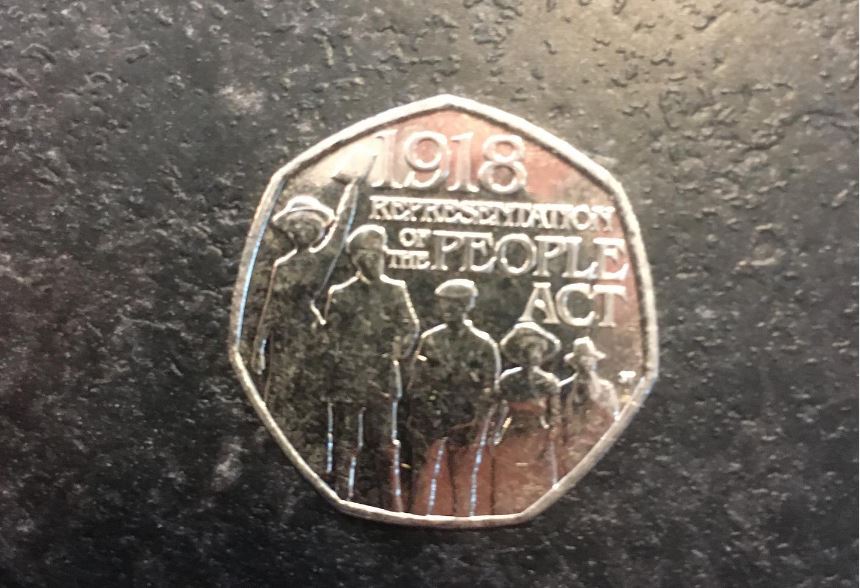Collecting rare coins in the UK can be a fascinating hobby as well as a potentially profitable investment. For enthusiasts and collectors alike, British coins hold immense historical significance, cultural value, and market worth. Whether you’re starting a collection or looking to add to your current one, understanding what makes a coin rare and valuable is key.
What Makes a Coin Rare?
Several factors contribute to a coin’s rarity, including limited mintage, historical significance and condition. Coins with limited production runs or those released to commemorate special events are often deemed rare. Historical coins minted during pivotal events, such as the reign of short-lived monarchs or significant wars, are also highly sought after.
Another aspect that contributes to a coin’s rarity is its design. Coins featuring unique or unusual designs, or those with errors in their production, like double strikes or missing elements that are considered rarer due to their distinctiveness.
Top Rare Coins in the UK
The UK boasts some of the rarest coins in the world, spanning various periods and monarchs. Here are a few of the most notable rare British coins:
- 1917 George V Gold Sovereign
This coin is one of the rarest gold sovereigns of the 20th century. During World War I, the British government melted down large quantities of sovereigns to pay off debts to the United States. Any surviving 1917 gold sovereign, therefore, is a rare collector’s piece.
- 1937 Edward VIII Gold Sovereign
The reign of King Edward VIII was brief, lasting less than a year before his abdication. Consequently, there were no sovereigns with his portrait struck for circulation. Only a few pattern coins were produced, making them exceedingly rare and valuable today.
- 1703 Queen Anne Vigo Five-Guineas
Struck from gold captured by the British fleet during the Battle of Vigo Bay in 1702, this coin was created to commemorate the English victory. With an estimated mintage of only 20, these coins are among the rarest in British history.
- 1933 George V Penny
This coin is famous due to its extreme scarcity. Only seven of these were struck in 1933, and they were never intended for general circulation. These coins were minted specifically for ceremonial purposes, making them a true rarity.
- 2011 London Olympics 50p Coins
The Royal Mint released a series of 50p coins to commemorate the 2011 London Olympics, featuring various sports. The rarity of these coins varies, but some like the football and wrestling designs are among the most sought after by collectors. Depending on their condition, these coins can sell for anywhere between £13 and £70.
- 2018 Peter Rabbit and Flopsy Bunny 50p Coins
These coins are part of the popular Beatrix Potter series, with the 2018 editions being particularly rare due to their limited mintages. The Peter Rabbit coin, for instance, saw a circulation of only 1.4 million, making it a coveted piece for collectors.
How to Determine the Value of Rare Coins
The value of a rare coin can fluctuate depending on its condition, historical relevance, and demand in the collector’s market. Factors such as:
Condition (Grade): Coins in pristine condition are worth significantly more than those showing signs of wear. Professional grading services like NGC or PCGS can help determine a coin’s grade.
Market Demand: Trends in the market and the popularity of certain themes (e.g., Olympics or historic events) can affect a coin’s value. A coin that is sought after can become rarer as collectors hold on to them.
Provenance: Coins with well-documented histories or those previously owned by notable individuals can carry a premium.
Tips for Collecting Rare Coins in the UK
Do Your Research: Before purchasing or selling a coin, research its background. Look into its history, mintage numbers, and any unique features it may have.
- Consult Reputable Dealers: When looking to buy or sell, consult with established coin dealers or auction houses. This ensures you get a fair price and authentic pieces.
- Check Market Trends: Keep an eye on market trends, as the value of coins can vary over time based on collector interest and availability.
- Consider Grading: Having your coins graded can provide a clearer picture of their condition and value. Coins in higher grades generally command better prices in the market.
- Storage and Care: Proper storage and handling are essential to maintain the condition of your coins. Use coin holders or capsules, and avoid touching the surface with bare hands to prevent oils or dirt from damaging them.
Selling Rare Coins
When it comes to selling rare coins, there are several options:
- Auctions: Coins can fetch high prices at auctions, especially if they are part of a well-known collection or have a unique backstory.
- Online Marketplaces: Websites like eBay are popular for buying and selling rare coins, but it’s essential to be aware of potential risks, such as counterfeit items.
- Professional Coin Dealers: Consult with professional dealers for appraisals or to sell directly. They often have established networks of collectors looking for specific items.
Final Thoughts
Collecting rare coins in the UK can be a rewarding experience for history enthusiasts and investors alike. From understanding the elements that contribute to a coin’s rarity to keeping track of the latest market trends, being well-informed is crucial for making the right decisions. Whether you’re eyeing a commemorative 50p piece or an elusive gold sovereign, each rare coin tells its own story, making it a valuable piece of British heritage.
